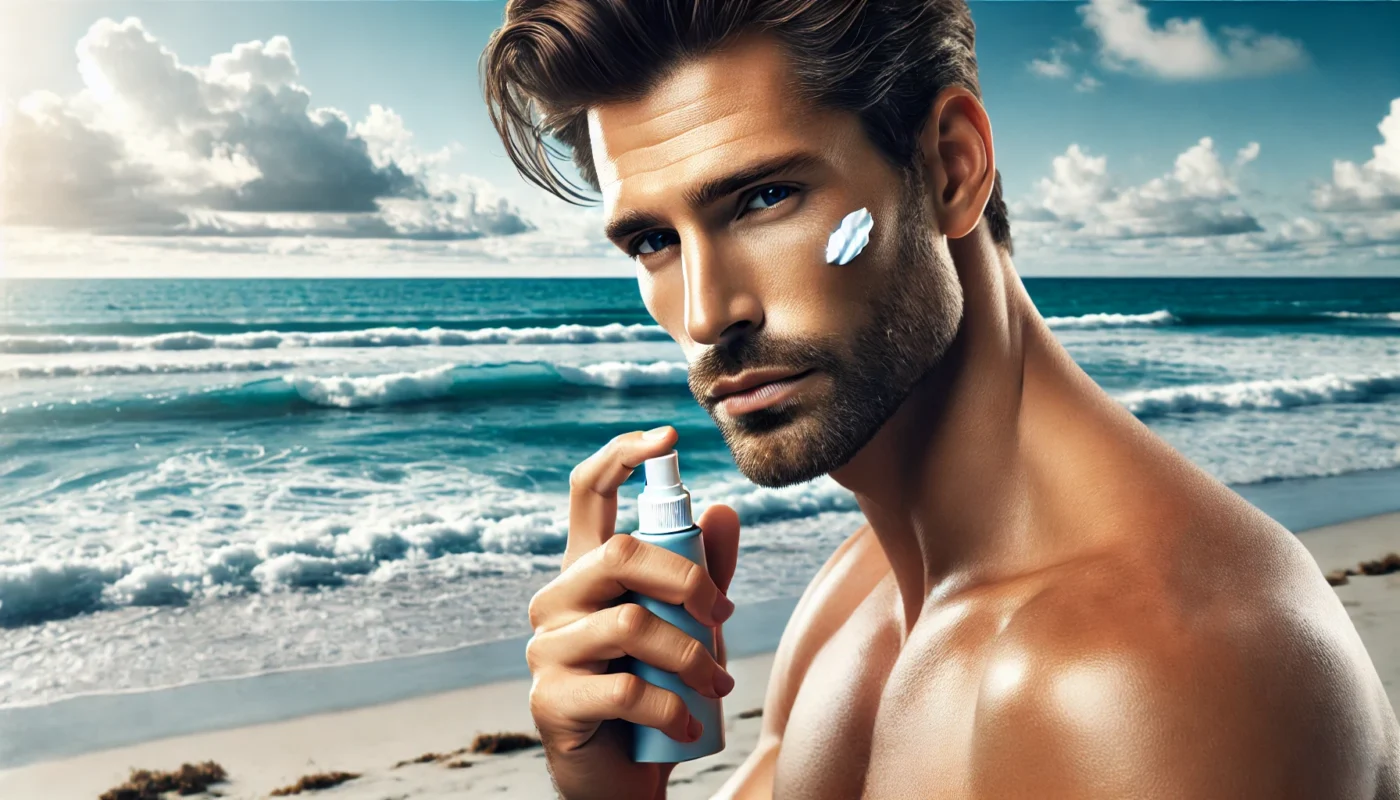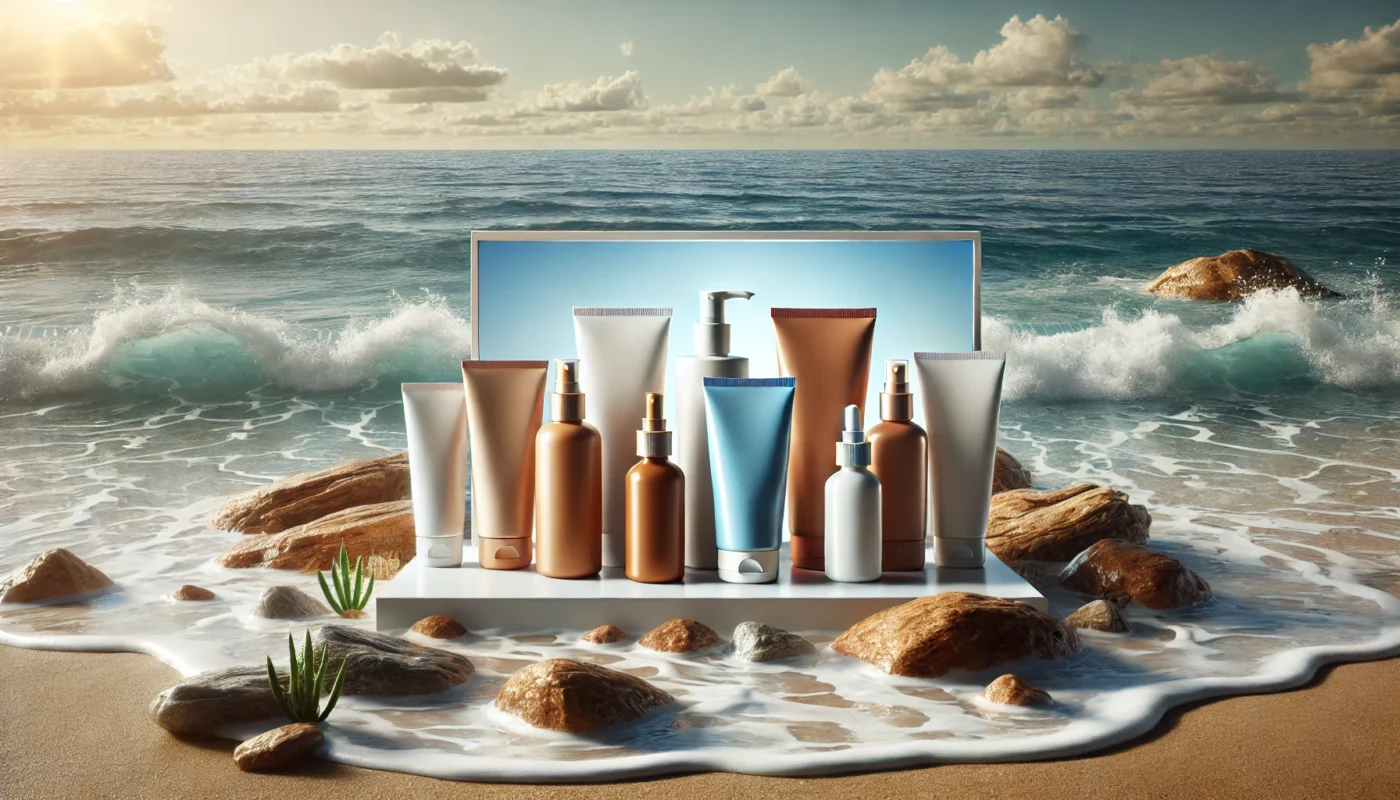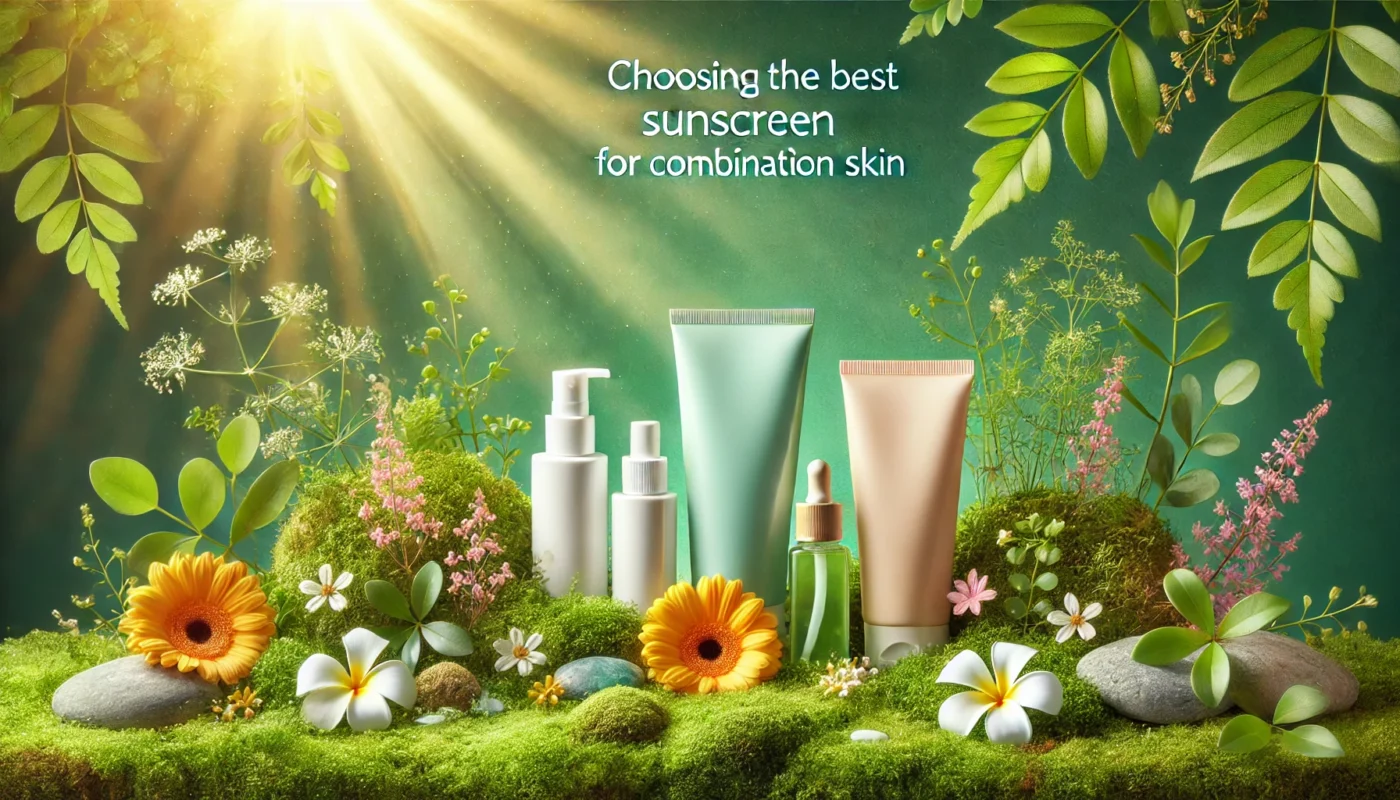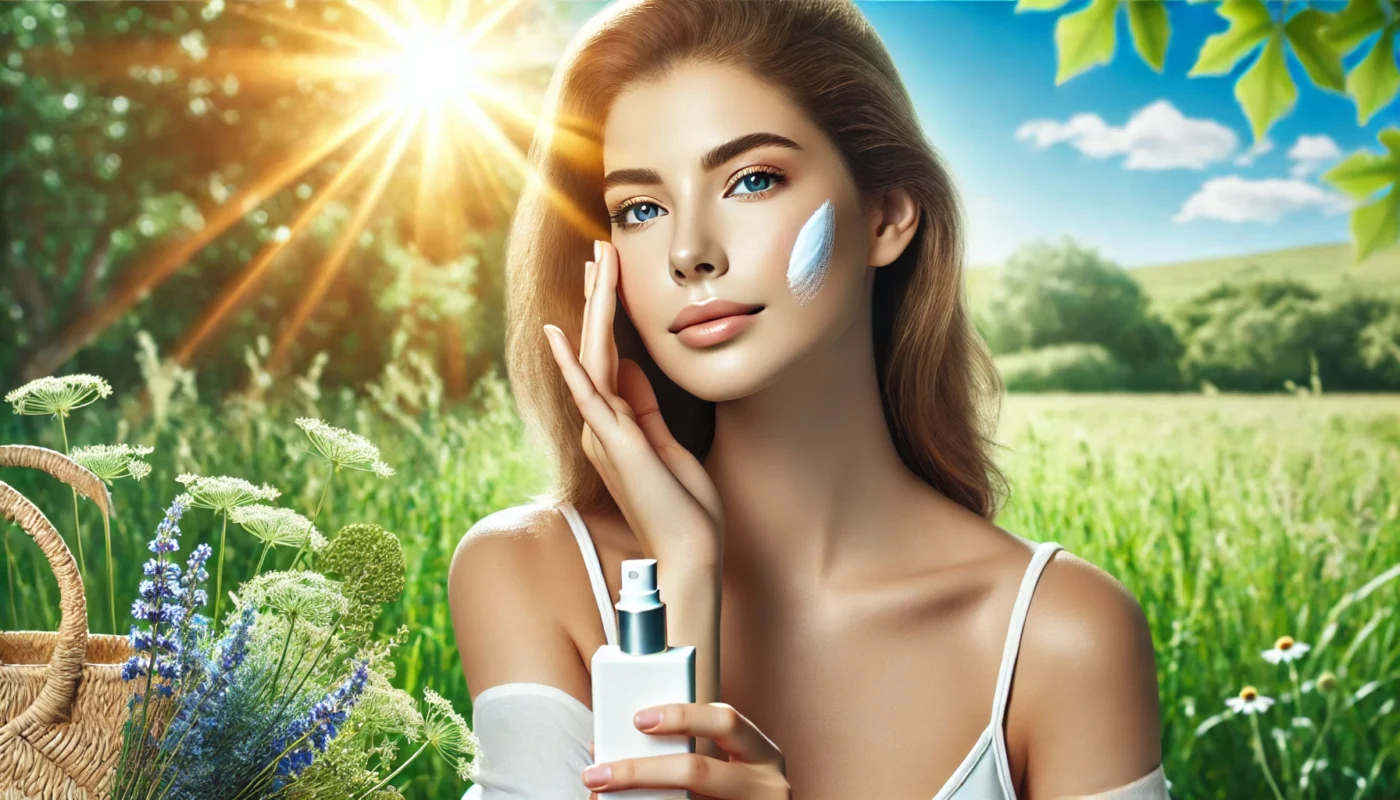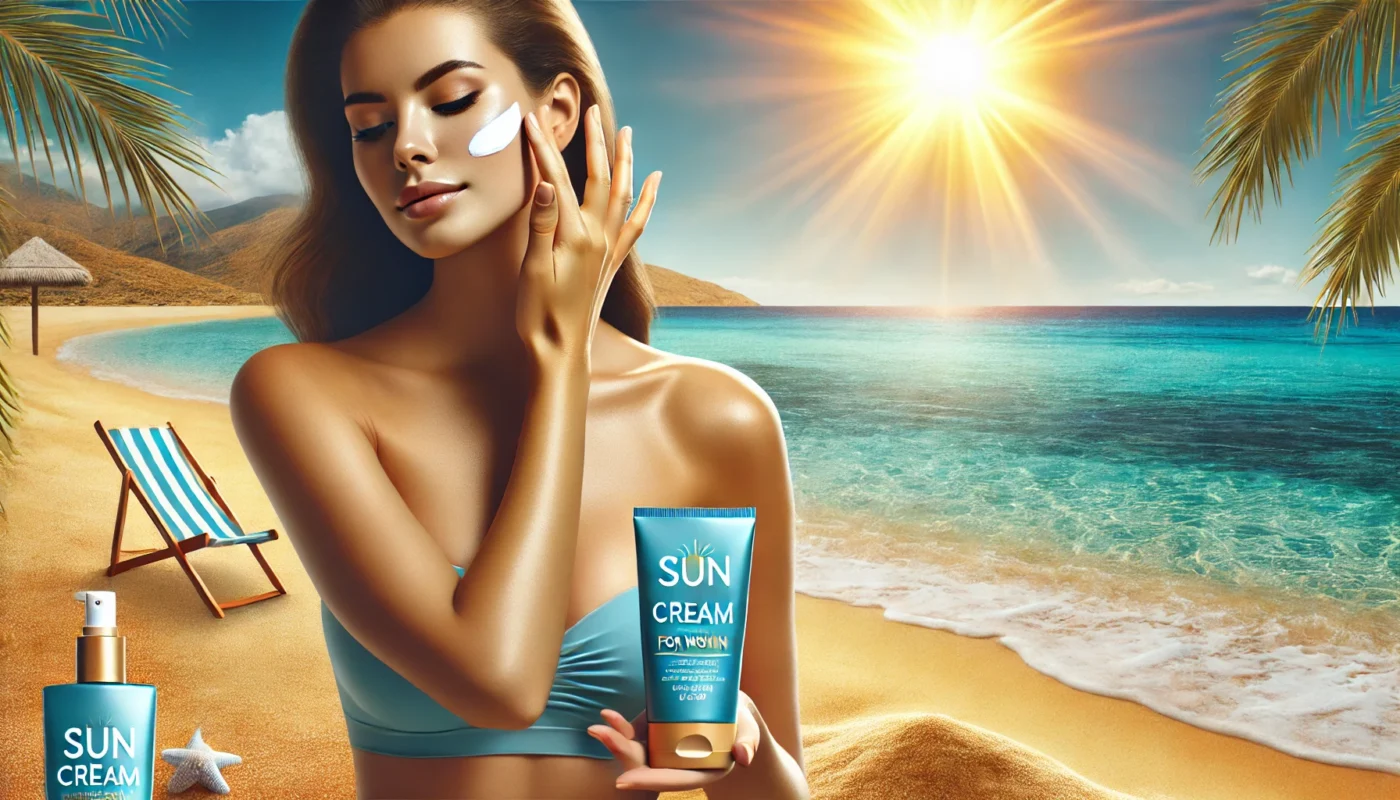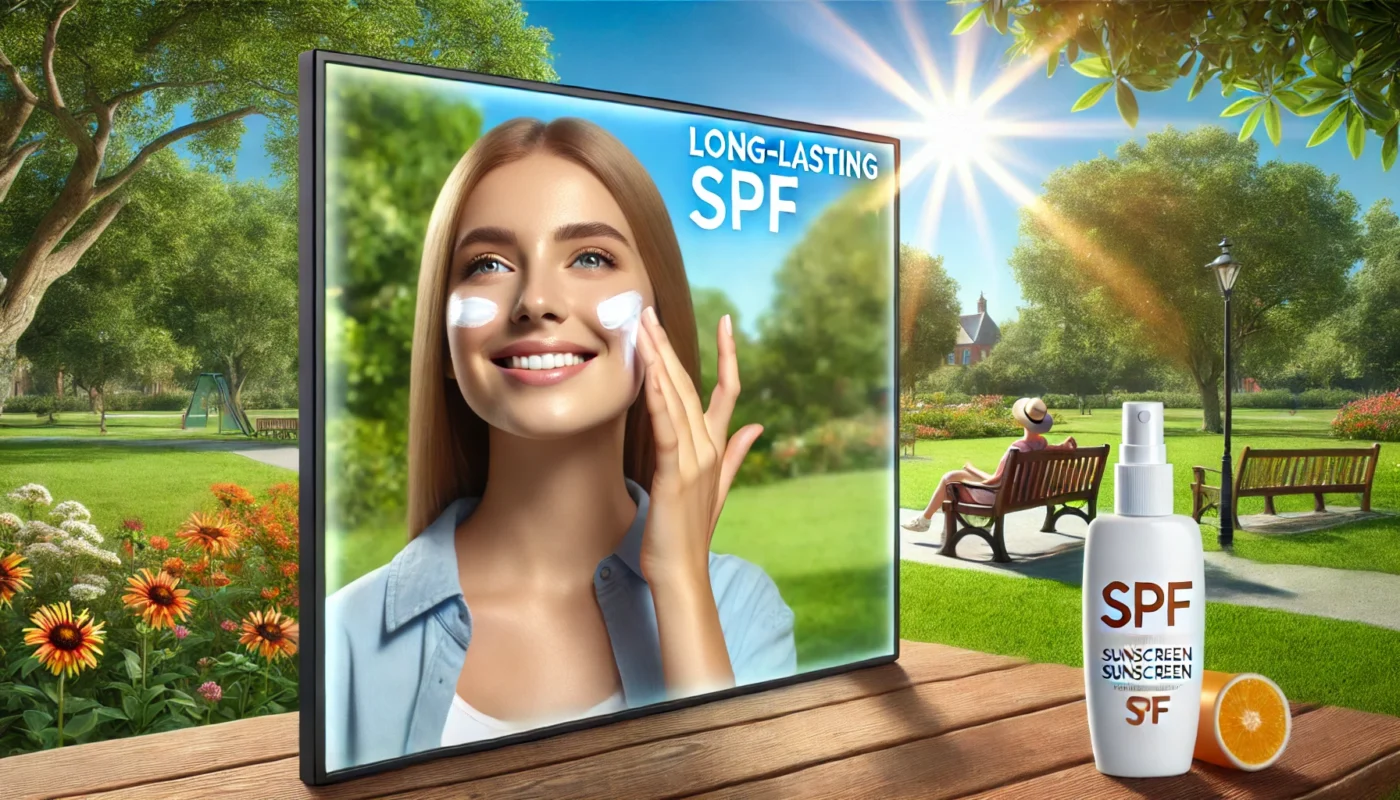Sun protection is a crucial aspect of men’s skincare. Yet, it’s often overlooked or misunderstood.
This article aims to shed light on the importance of sunscreen for men. It will delve into the science behind sun damage and the role of sunscreen in preventing it.
We’ll explore the differences between UVA and UVB rays, and how they affect your skin. We’ll also demystify SPF ratings, helping you understand what these numbers mean for your protection.
The article will guide you through the selection of the best sunscreen for your skin type. Whether you have sensitive skin or are looking for the best facial sunscreen, we’ve got you covered.
We’ll provide practical tips on how to effectively apply and reapply sunscreen. Plus, we’ll discuss the importance of incorporating sunscreen into your daily routine.

